Vilhelm Hammershøi (b. Copenhagen 1864, d. s.p. 1916) “Stue. Kunstigt lys”. Living room. Artificial light. 1888. Unsigned. Oil on canvas. 34×36 cm. Alfred Bramsen, A Catalogue Raisonné of the Works of Vilhelm Hammershøi “Vilhelm Hammershøi. Kunstneren og hans værk”, 1918, no. 64 with the following title and the description (in Danish): “Living room. Artificial light. The painter's first attempt to solve a problem which later – in ”The Coin Collector“ from 1904 – was solved to perfection: The mirror image of the lights' flames on the dark windowpanes in the background. Here only the reflection of the light itself is seen; the light source – a lamp is invisible. It stands on a chest of drawers on the left, which is cut off by the frame. The chest of drawers casts a shadow on the back wall.” Exhibited: Kunstforeningen, “Fortegnelse over arbejder af Vilhelm Hammershøi”, 1916, 1. section no. 51. Proveniens: The collection of Alfred Bramsen. According to the present owner the painting is acquired at auction in Aarhus in 1962 for DKK 600. On the back of the frame is an old sticker from Galerie E. J. van Wisseling & Co. in London, where Vilhelm Hammershøi in 1907 had an exhibition with 13 works. Although this is not one of Hammershøi's famous interiors, it does contain some of the basic elements they are known for: A single, condensed and grey-toned room, a few bare walls, a single piece of furniture and a small, barred window with curtains. The light source, which is located outside the painting, plays a major role as it is reflected in the dark window and enhances the chest of drawers' dramatic shadow. In all its formal simplicity, the painting appears highly modern and almost abstract in its expression. As Bramsen points out in the above description of the painting, this is Hammershøi's first attempt to show how an artificial light source is reflected in a dark window. This later became a very important light and compositional element in the two important works “Five Portraits” (The Thiel Gallery) from 1902 and “The Coin Collector” (National Gallery, Oslo) from 1904. In “Five Portraits”, there is a light source hidden from the viewer behind the figure of the brother Svend Hammershøi This source of light is reflected in the dark windowpane to the left of the art historian Karl Madsen's face. In “The Coin Collector”, which is the work Bramsen highlights, the two candles on the table next to the coin collector are reflected in the dark window behind him.
Condition
Vilhelm Hammershøi (b. Copenhagen 1864, d. s.p. 1916) “Stue. Kunstigt lys”. Living room. Artificial light. 1888. Unsigned. Oil on canvas. 34×36 cm. Alfred Bramsen, A Catalogue Raisonné of the Works of Vilhelm Hammershøi “Vilhelm Hammershøi. Kunstneren og hans værk”, 1918, no. 64 with the following title and the description (in Danish): “Living room. Artificial light. The painter's first attempt to solve a problem which later – in ”The Coin Collector“ from 1904 – was solved to perfection: The mirror image of the lights' flames on the dark windowpanes in the background. Here only the reflection of the light itself is seen; the light source – a lamp is invisible. It stands on a chest of drawers on the left, which is cut off by the frame. The chest of drawers casts a shadow on the back wall.” Exhibited: Kunstforeningen, “Fortegnelse over arbejder af Vilhelm Hammershøi”, 1916, 1. section no. 51. Proveniens: The collection of Alfred Bramsen. According to the present owner the painting is acquired at auction in Aarhus in 1962 for DKK 600. On the back of the frame is an old sticker from Galerie E. J. van Wisseling & Co. in London, where Vilhelm Hammershøi in 1907 had an exhibition with 13 works. Although this is not one of Hammershøi's famous interiors, it does contain some of the basic elements they are known for: A single, condensed and grey-toned room, a few bare walls, a single piece of furniture and a small, barred window with curtains. The light source, which is located outside the painting, plays a major role as it is reflected in the dark window and enhances the chest of drawers' dramatic shadow. In all its formal simplicity, the painting appears highly modern and almost abstract in its expression. As Bramsen points out in the above description of the painting, this is Hammershøi's first attempt to show how an artificial light source is reflected in a dark window. This later became a very important light and compositional element in the two important works “Five Portraits” (The Thiel Gallery) from 1902 and “The Coin Collector” (National Gallery, Oslo) from 1904. In “Five Portraits”, there is a light source hidden from the viewer behind the figure of the brother Svend Hammershøi This source of light is reflected in the dark windowpane to the left of the art historian Karl Madsen's face. In “The Coin Collector”, which is the work Bramsen highlights, the two candles on the table next to the coin collector are reflected in the dark window behind him.
Condition


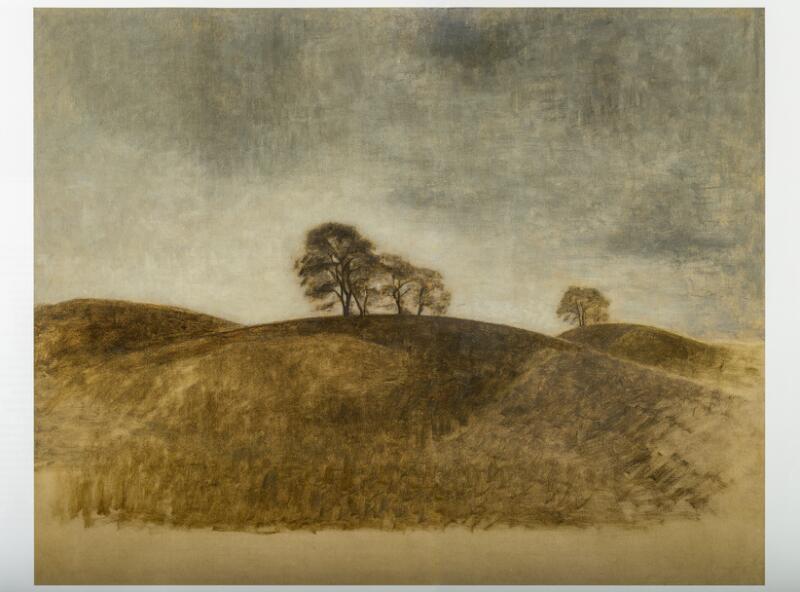



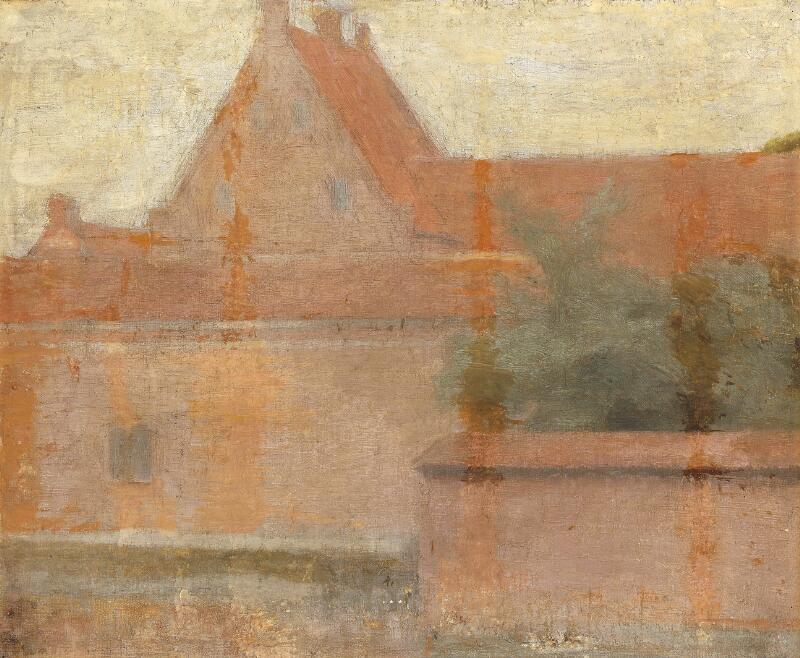
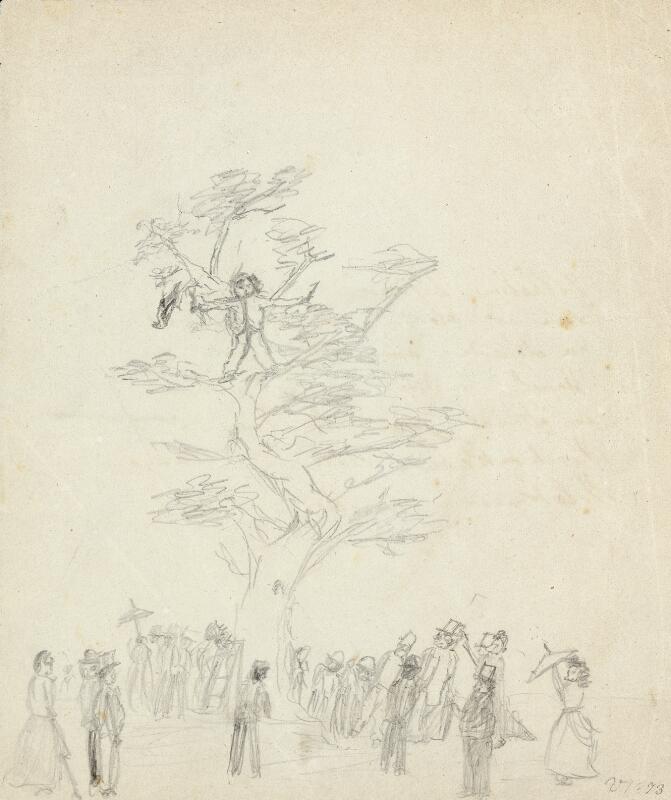

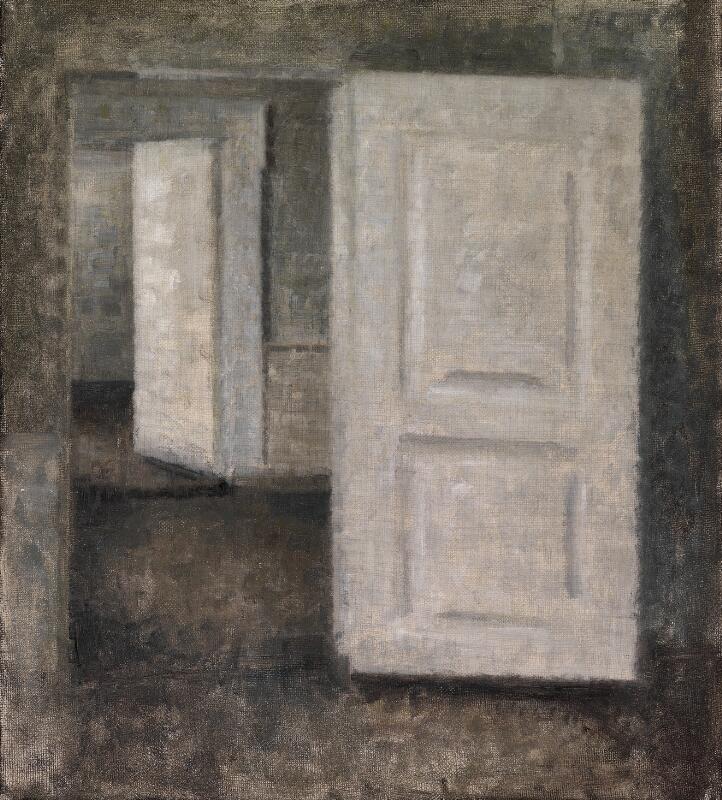
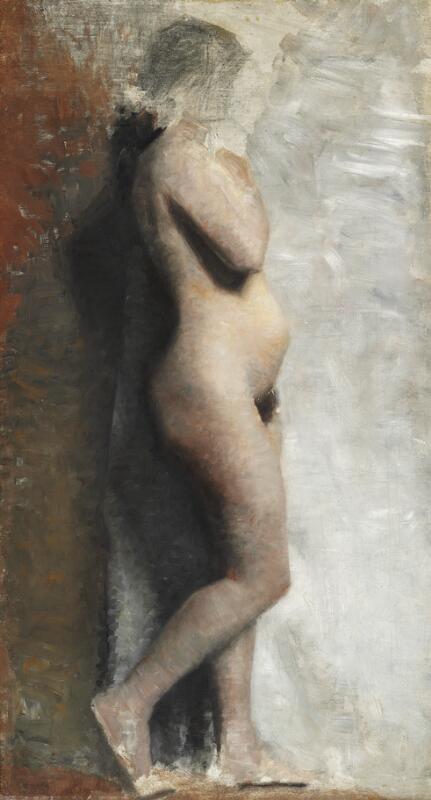


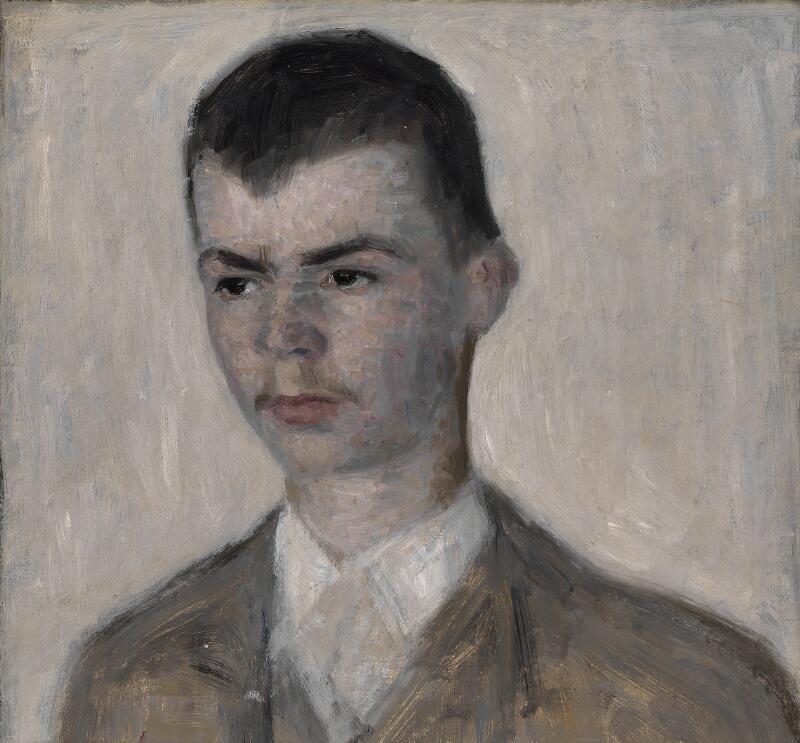
.jpg)
Testen Sie LotSearch und seine Premium-Features 7 Tage - ohne Kosten!
Lassen Sie sich automatisch über neue Objekte in kommenden Auktionen benachrichtigen.
Suchauftrag anlegen